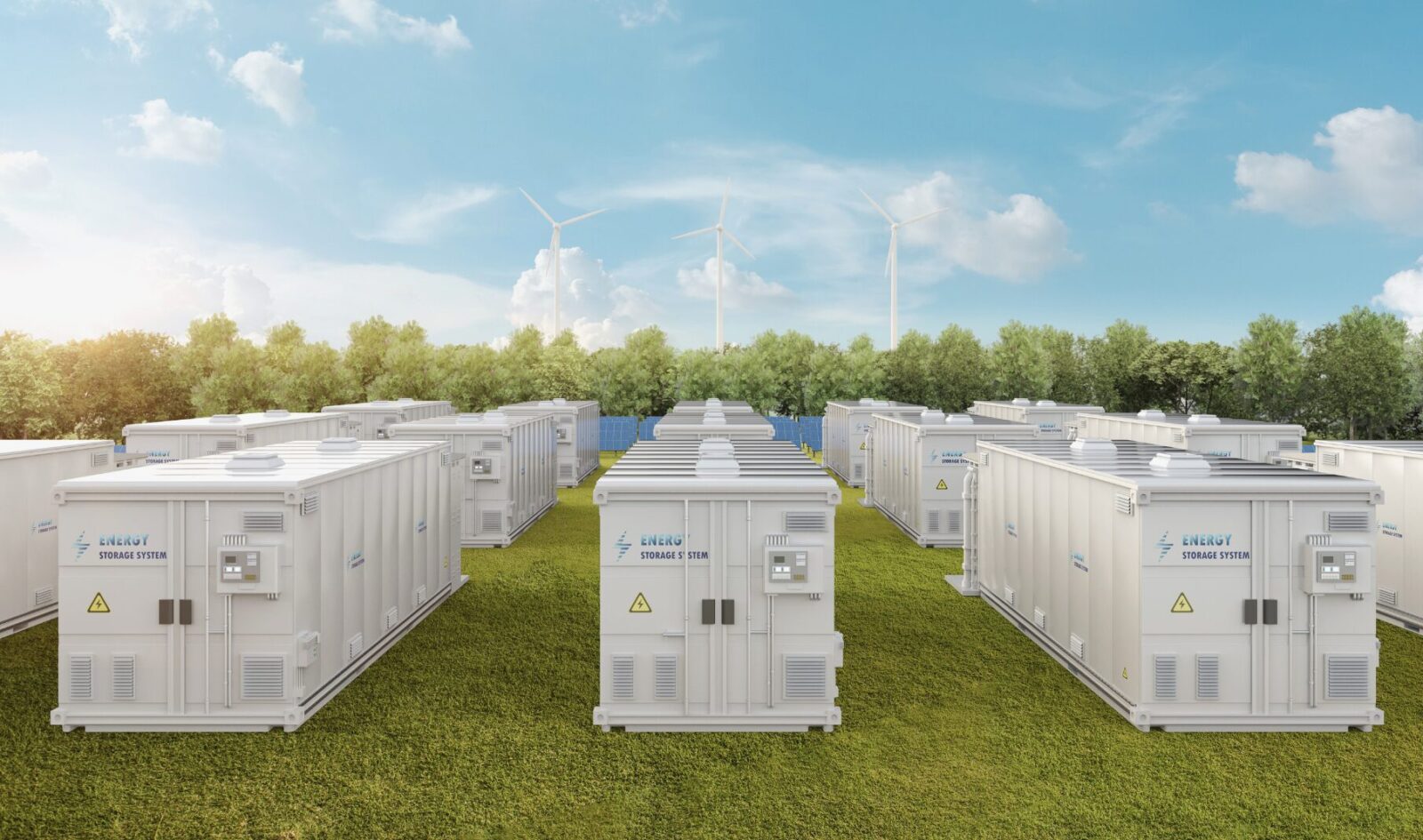- Coal
- Gas and
- Nuclear.
- Reducing downtime
- Preventing data loss and
- Improving operational efficiency.
- Reducing outage risks
- Preventing grid overload
- Reducing maintenance cost
- Enhancing lifespan of grid infrastructure and
- Provide continual power backup.
- Pumped hydro energy
- Compressed air energy and
- Flywheel energy
- Improved grid stability
- Higher grid reliability
- Better performance
- Uninterrupted power supply
- Renewable energy integration support
- Reduced environmental impact and carbon footprint and
- Lower energy costs.
- Rising awareness of environmental concerns and benefits of sustainable energy
- Growing adoption and demand for renewable and sustainable energy sources and
- Favorable government policies and support and encouraging incentives to promote adoption.
- Rising demand for more advanced battery technologies
- Growth of distributed energy storage
- Growing preference for digital energy management and
- Higher adoption of smart grids.
- High initial costs
- Extensive capital investment
- Strict regulatory and policy measures that deter higher adoption and
- Technical complexities, especially in large-scale power production and storage.
- The notable expansion and entry into developing markets
- Higher awareness and demand for grid flexibility, better solutions, and
- Rising collaboration with renewable energy projects.

